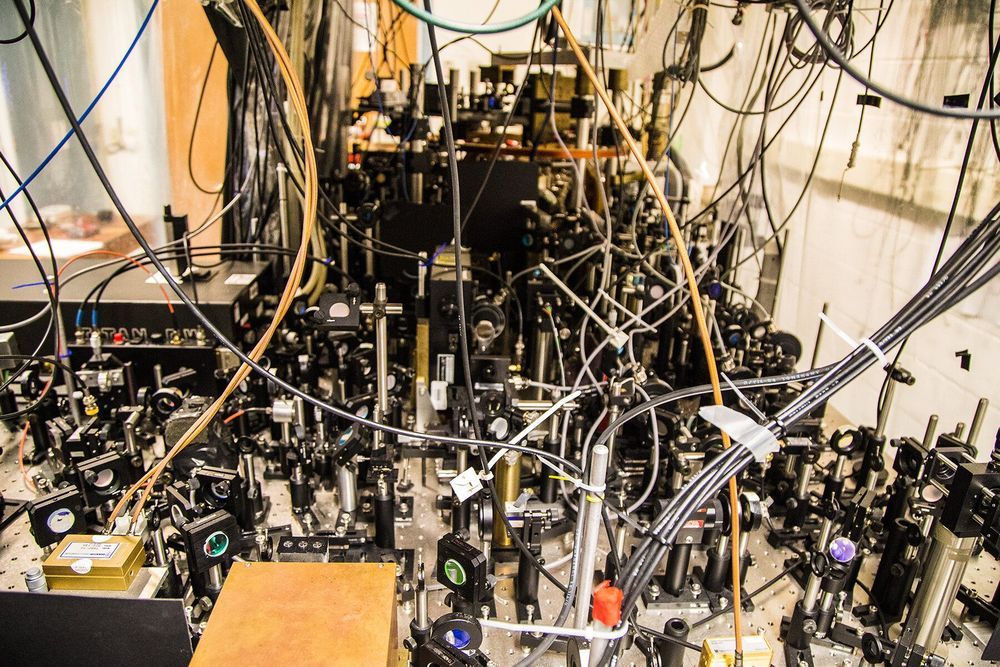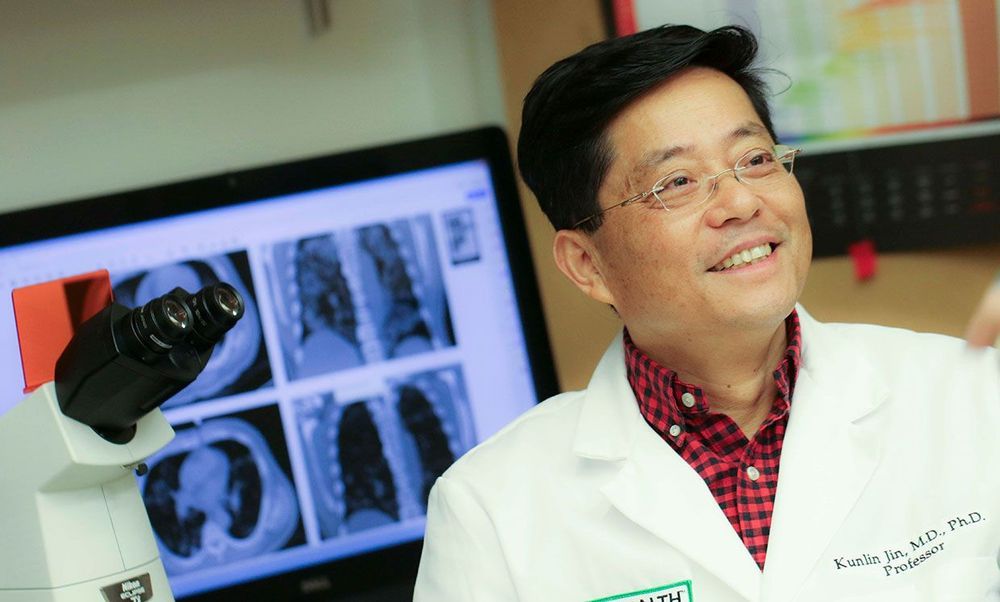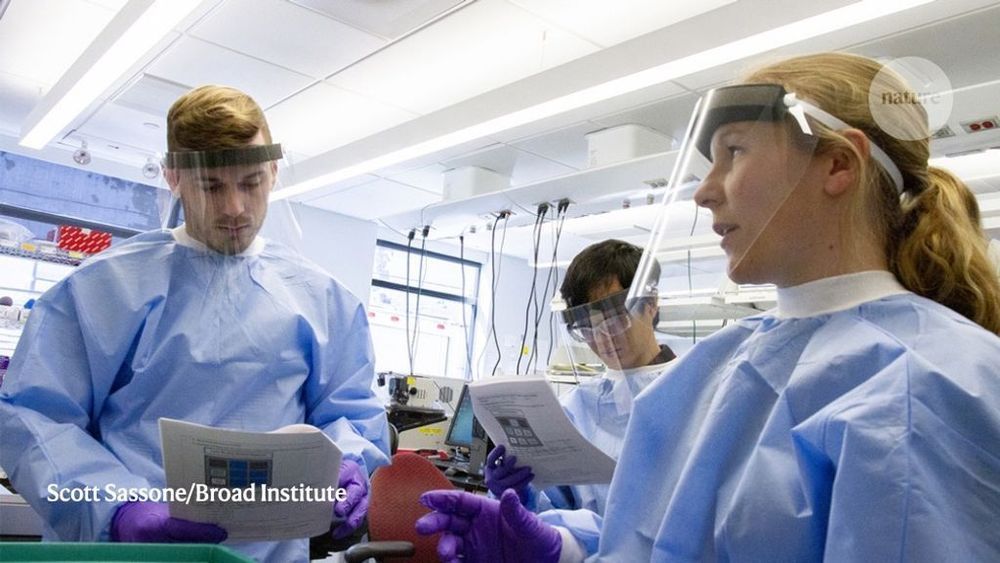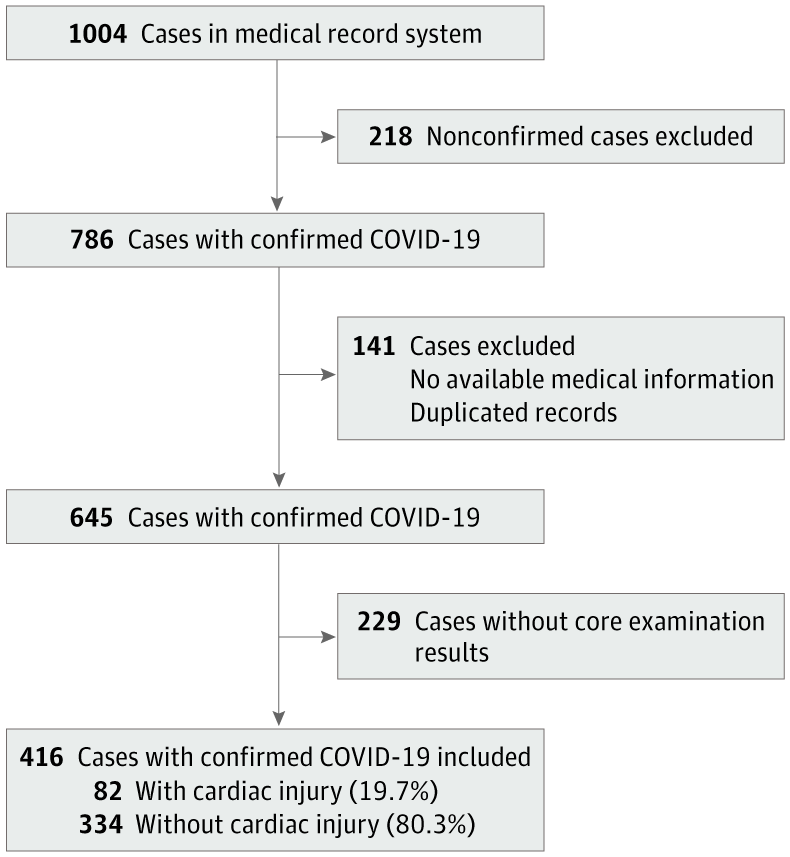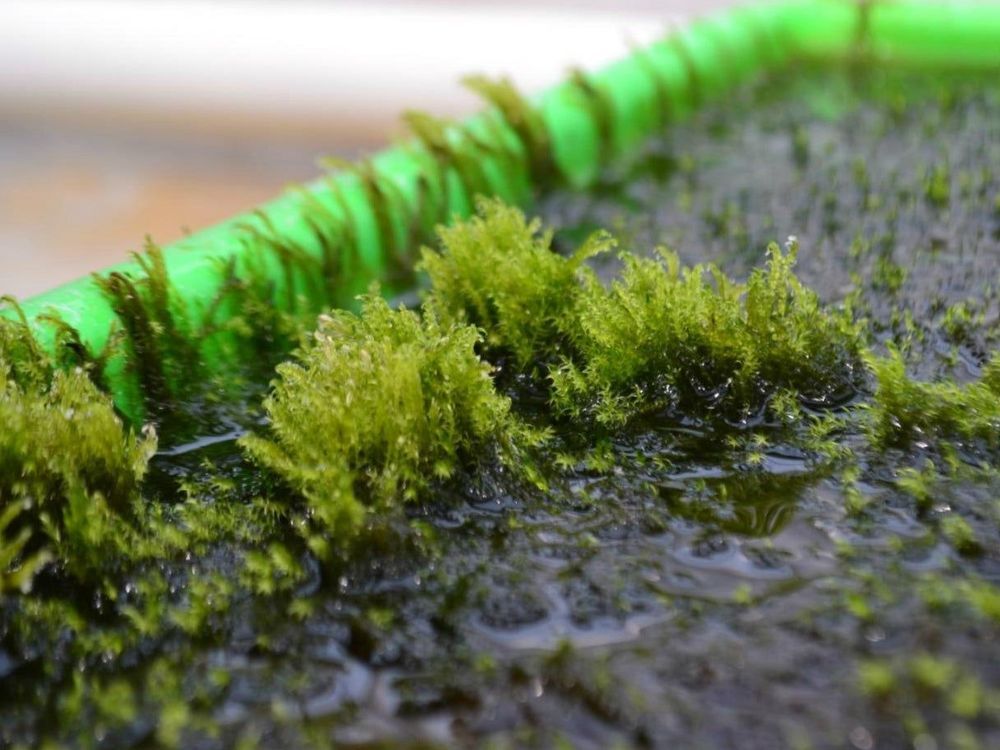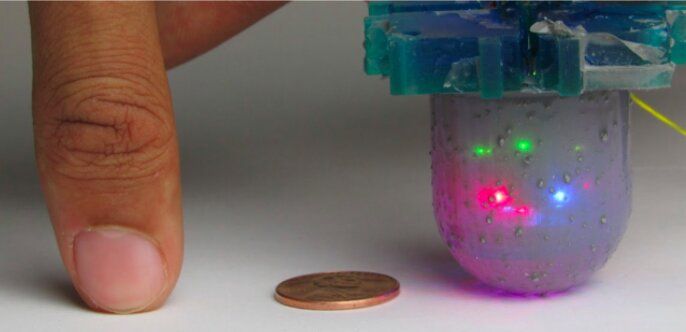Mar 28, 2020
Melatonin? Stem cells? Researchers step up with unconventional approaches to COVID-19
Posted by Omuterema Akhahenda in category: biotech/medical
At a time of unprecedented panic over the rapidly spreading COVID-19 coronavirus, several research groups are asking whether existing therapies could be repurposed in fighting the disease. And pretty much everything seems to be on the table, including melatonin, the hormone that’s sold over-the-counter as a sleep aid.
The melatonin suggestion was published Monday in the journal Cell Discovery by Cleveland Clinic researchers, who hit on the hormone after analyzing the genomes of 15 human coronaviruses. The team compared COVID-19 with the coronavirus that caused the SARS outbreak of 2003 using a technique called “network proximity analysis” to identify combinations of existing drugs that may be able to target cellular factors that allow the viruses to replicate.
The analysis turned up three potential drug combinations: melatonin plus chemotherapy drug mercaptopurine; sirolimus, most commonly used to prevent organ-transplant rejection, combined with another chemo drug, dactinomycin; and breast cancer drug toremifene plus emodin, a chemical found in plants like rhubarb.

